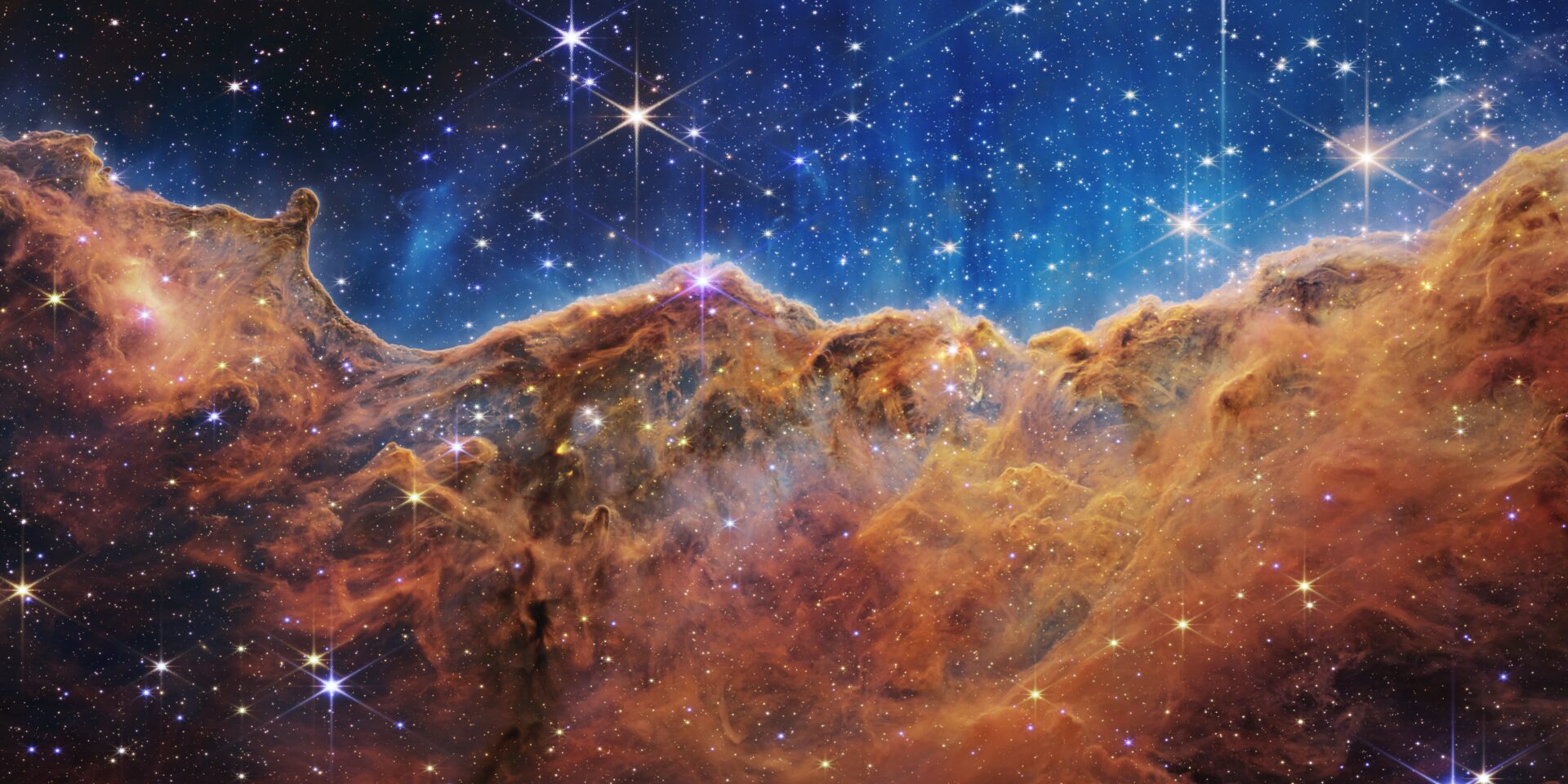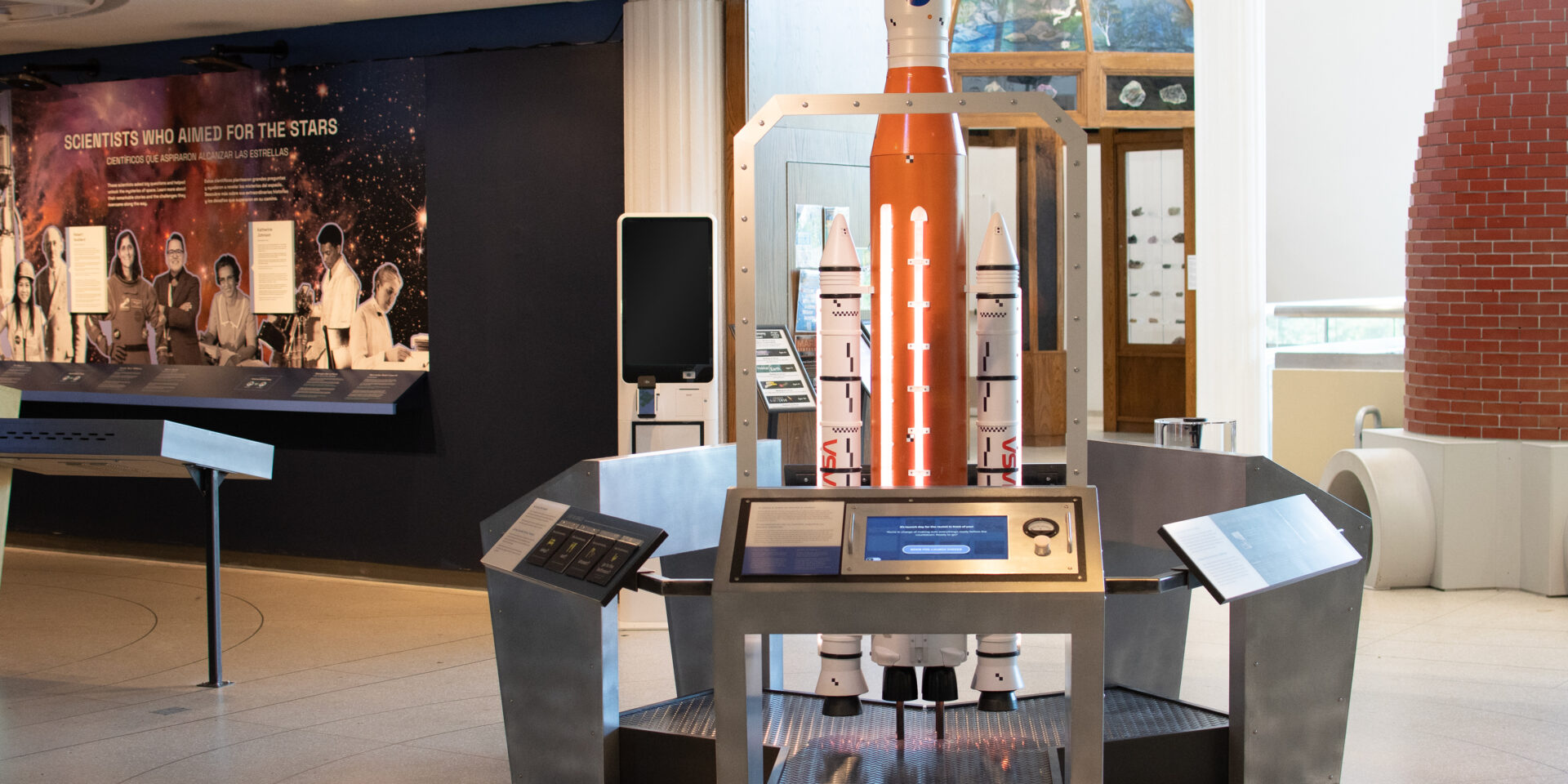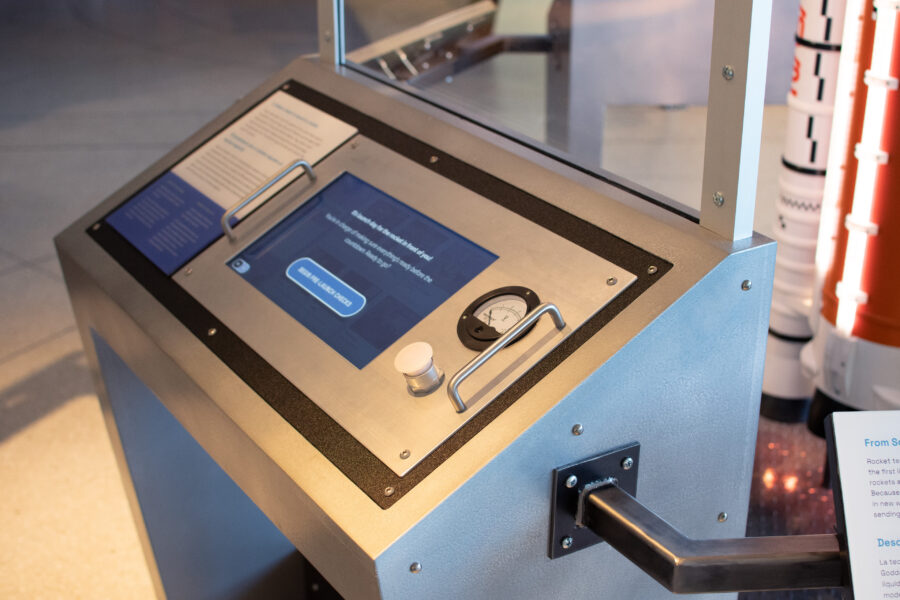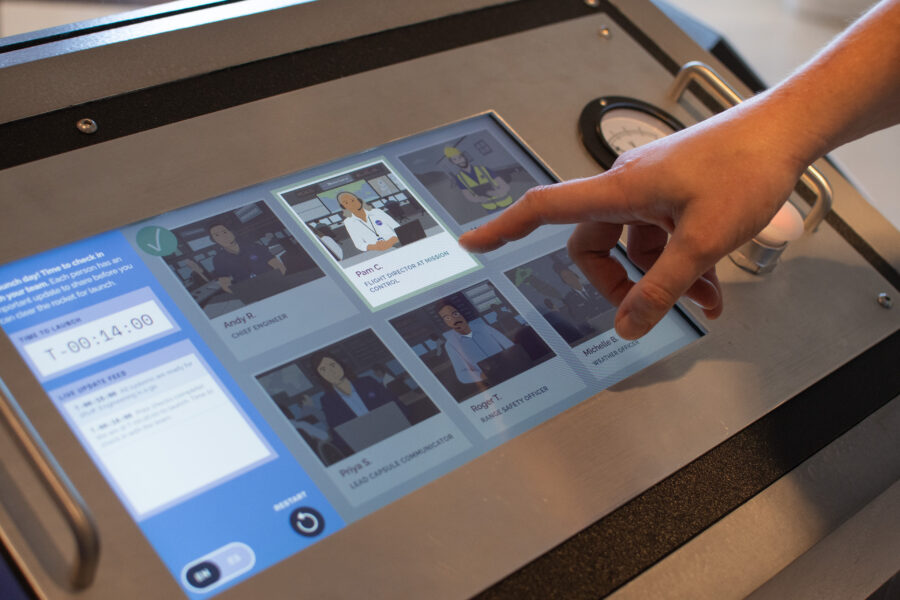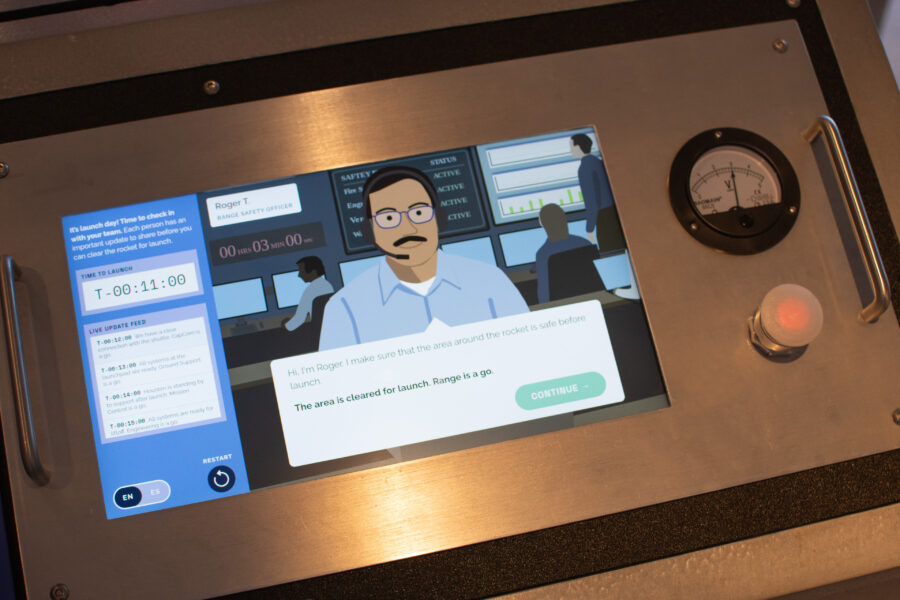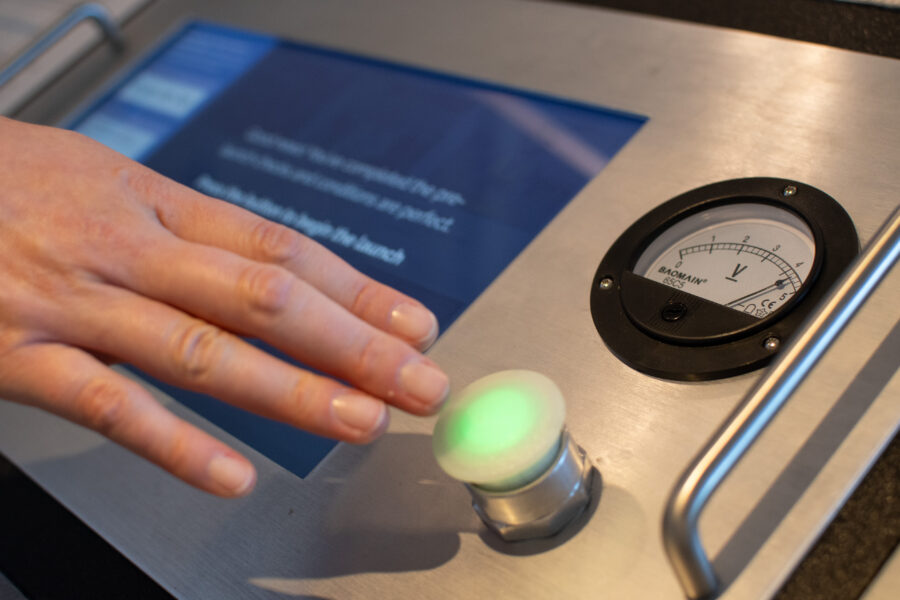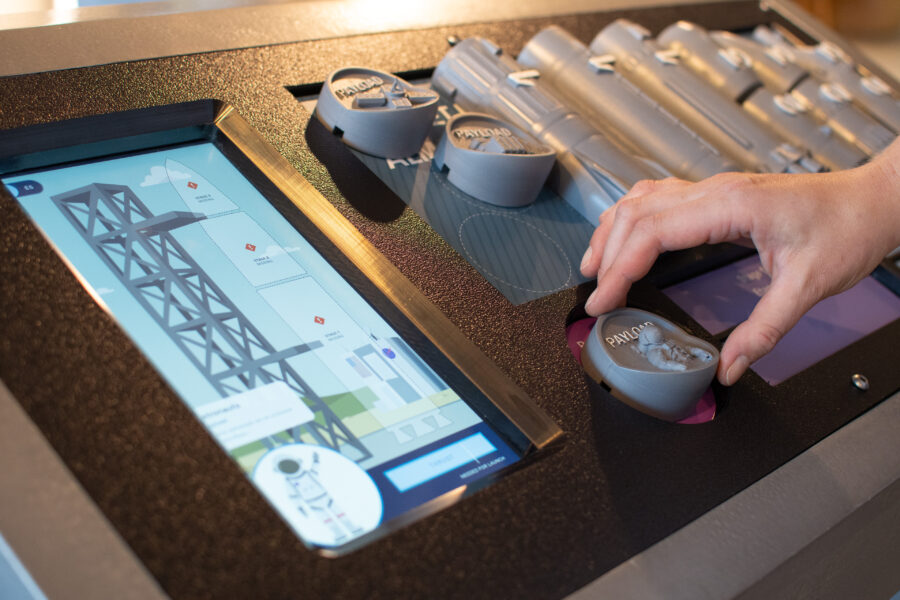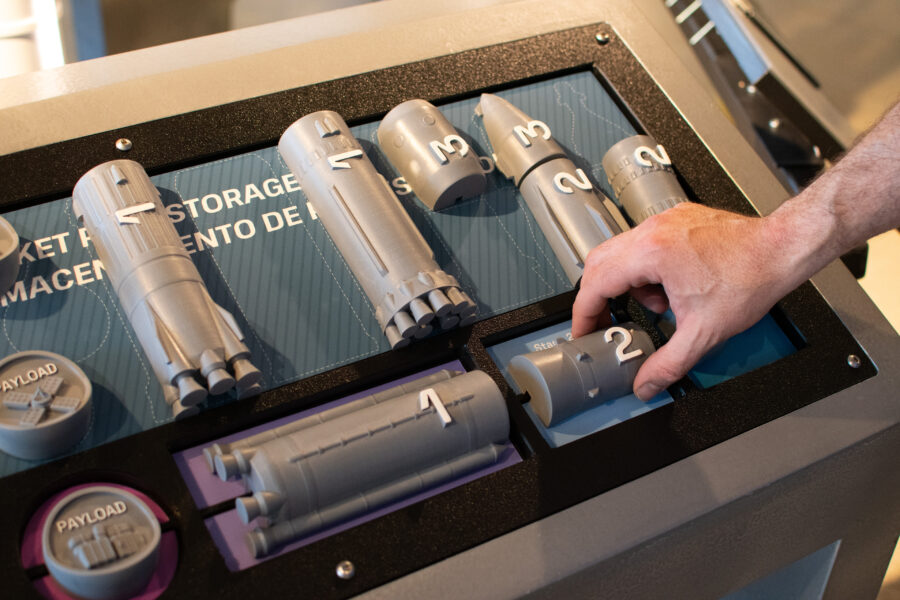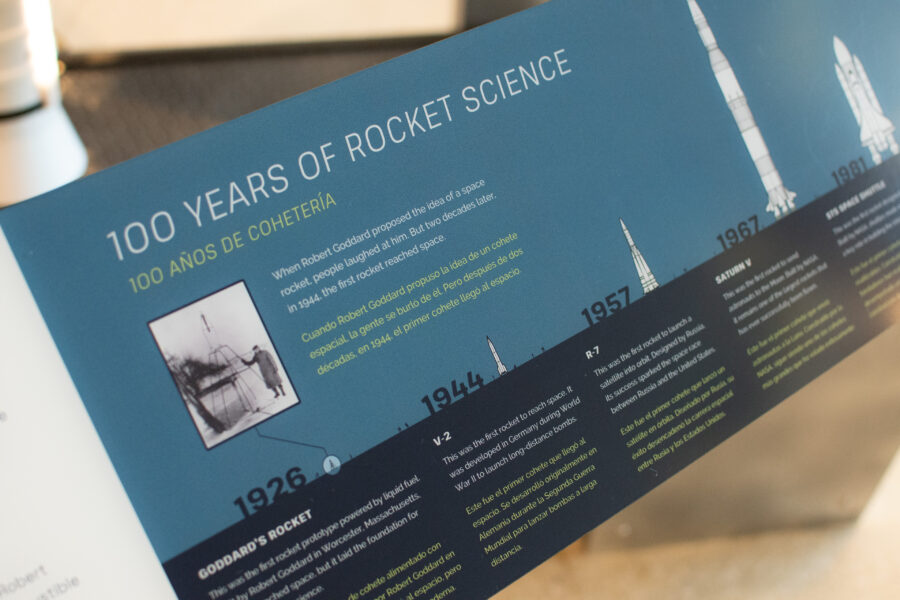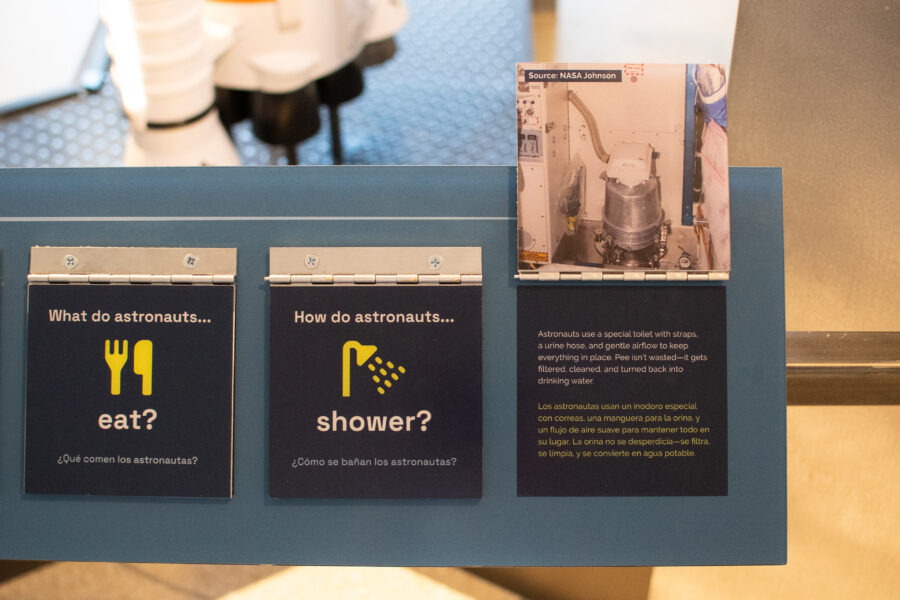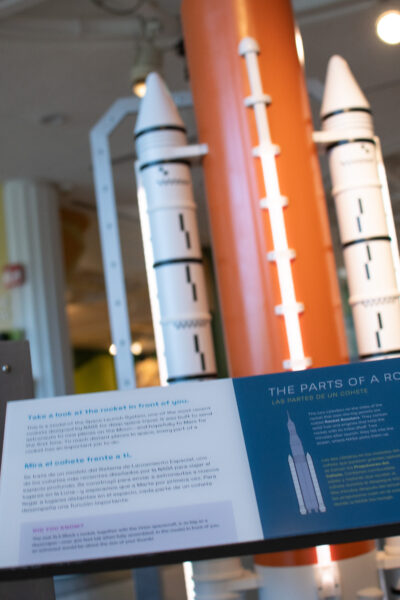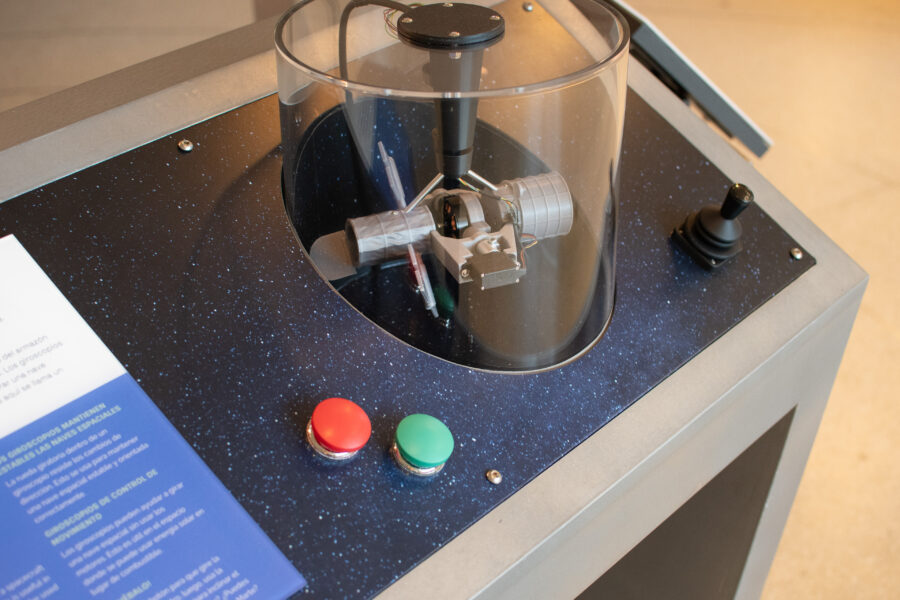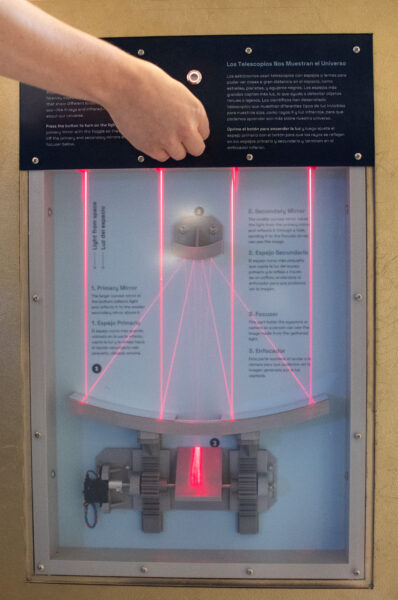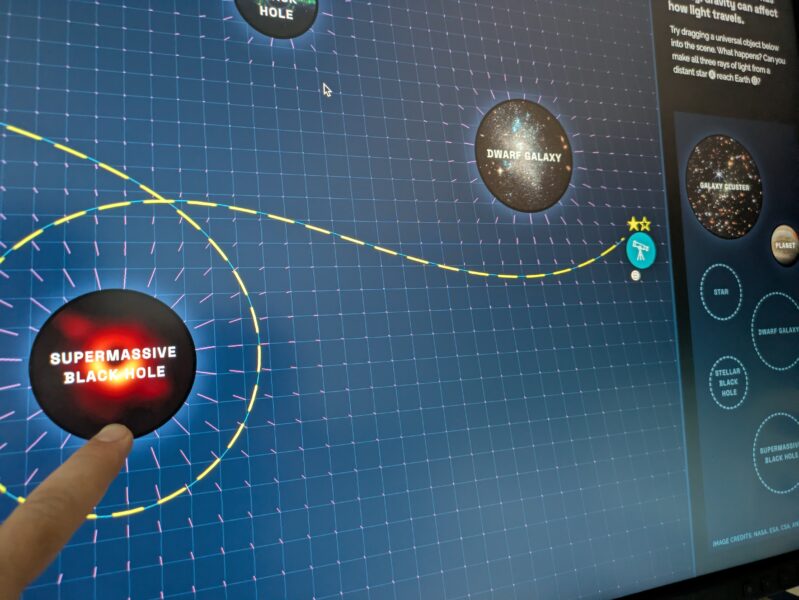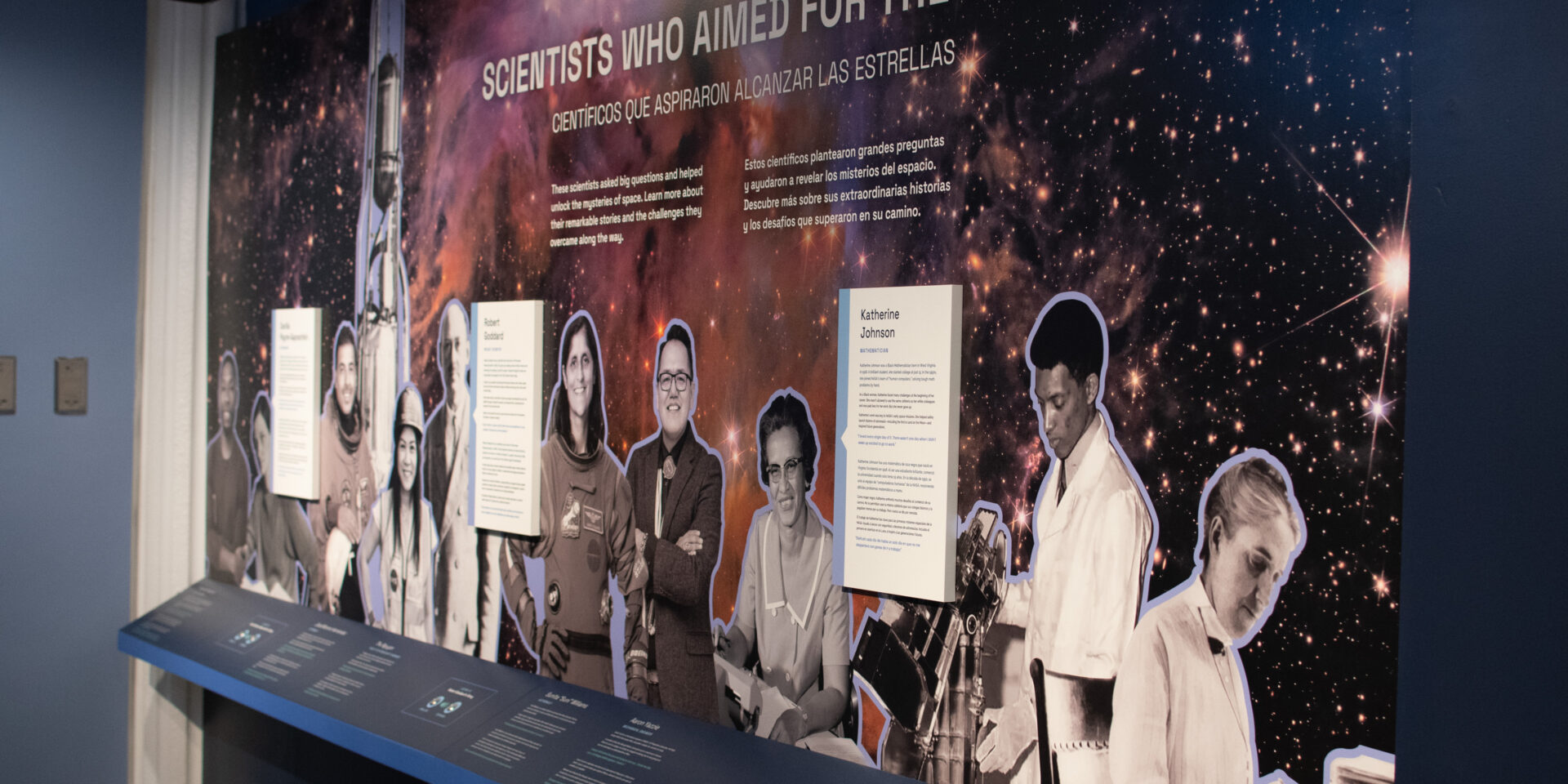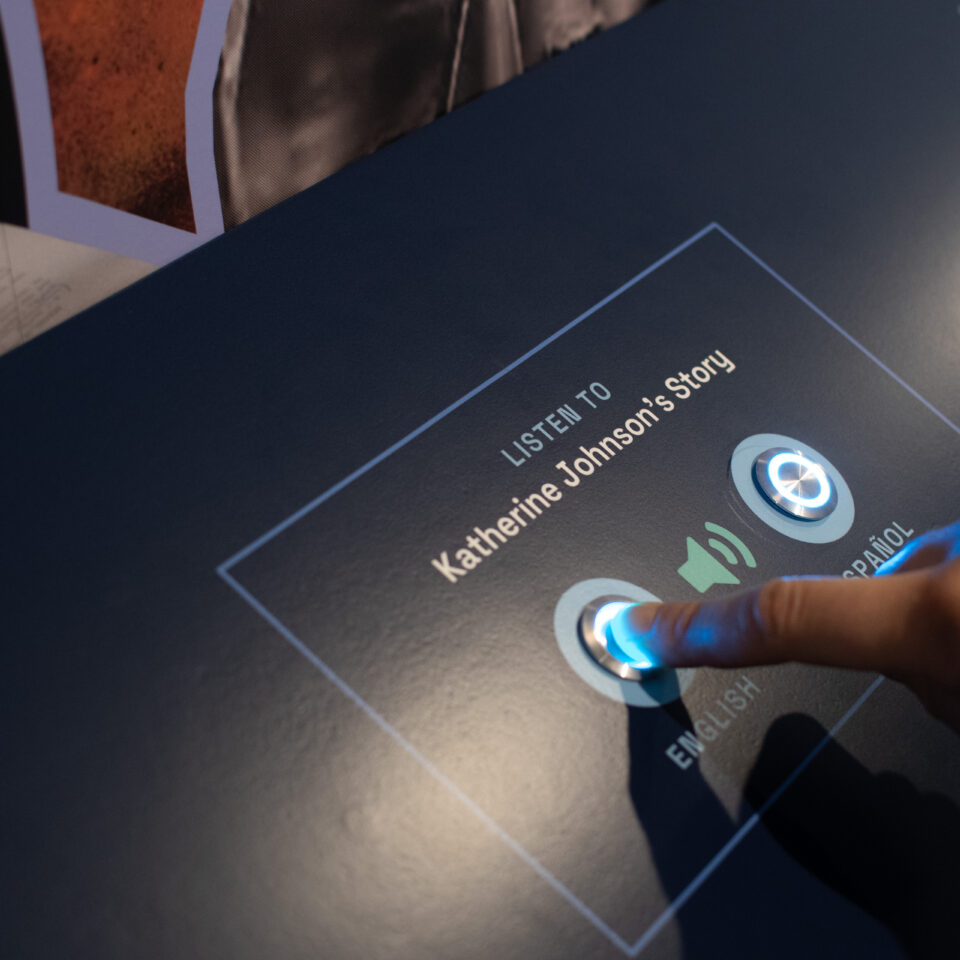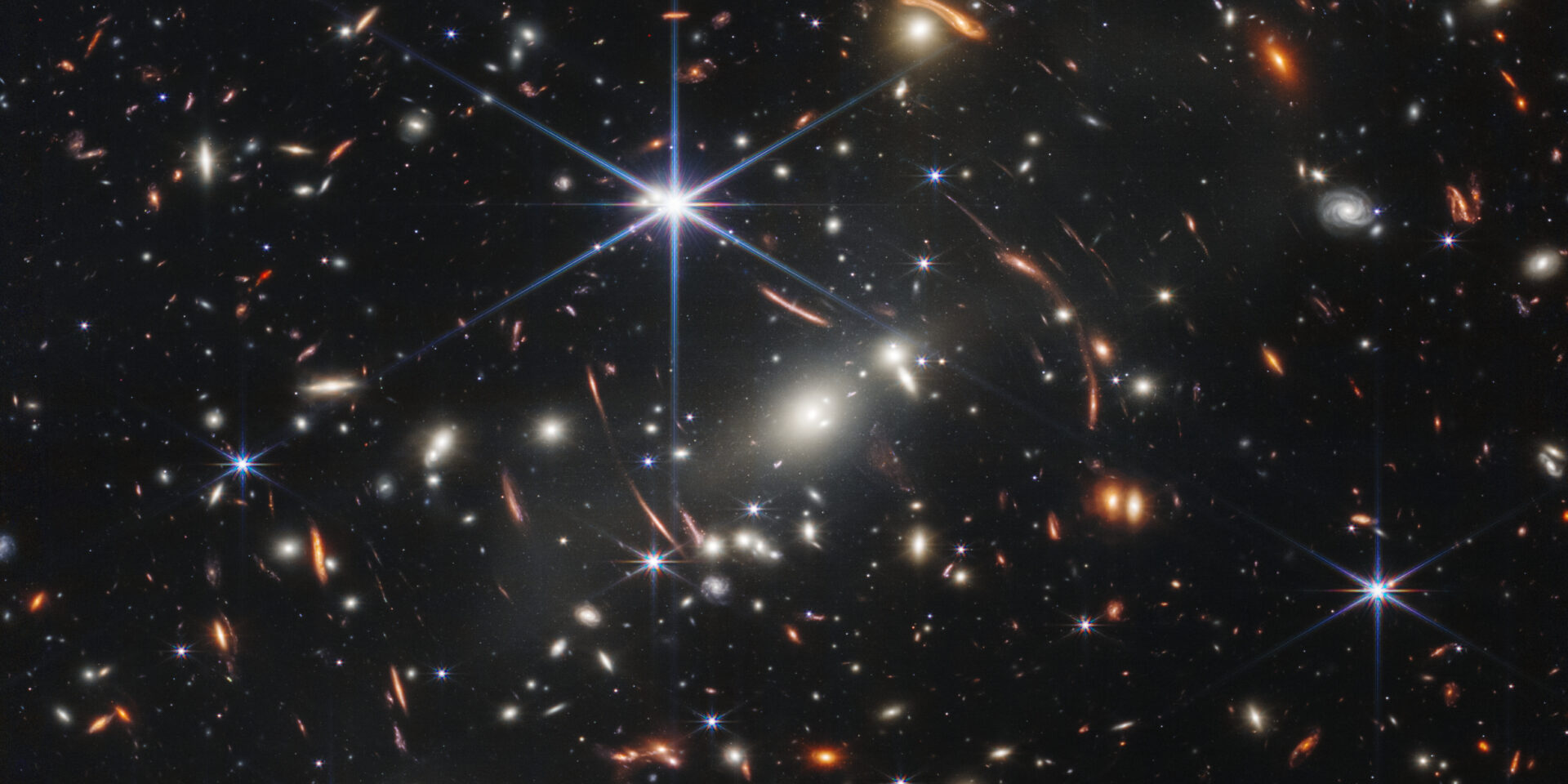Case Study
EcoTarium
- Summary
- STEM-focused space science exhibit with an emphasis on hands-on interactivity, making advanced concepts approachable, and inspiring a new generation of space scientists with stories of challenges faced and overcome
- Client
- EcoTarium
- Location
- Worcester, Massachusetts
- Exhibit Fabrication
- Panoptic Design/Build
The EcoTarium is one of the oldest natural history museums in the country, inspiring a love of science and nature through hands-on discovery for nearly 200 years.
Our studio was tasked with designing an exhibit about space exploration that showcased key scientific breakthroughs and concepts. Supported by a grant from NASA, the project drew on the local area’s noteworthy contributions to space science and aimed to inspire the next generation of explorers.
To bring these ideas to life, we created four interactive stations designed to engage visitors of all ages. Each station explores a different theme, offering hands-on ways to connect with the science of space exploration.
